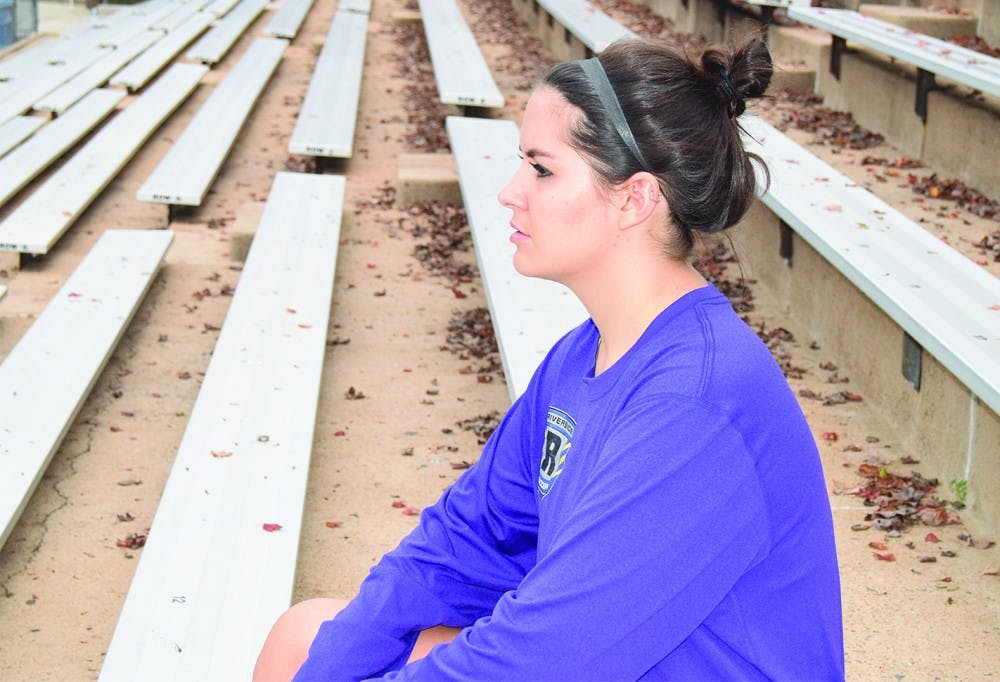Kathryn Thacker got several concussions in her high school soccer games. She said she still has problems remembering things now.
“When you break a leg, you can keep going to school — it doesn’t affect your thinking abilities,” she said. “But when you have a concussion, it feels like you almost don’t have anything.”
Stories of concussions are often discussed following deaths of high-profile athletes due to concussion injuries. For high school athletes, the risk can be amplified — youths take longer to recover from concussions than adults and can leave the athlete vulnerable to future concussions.
Since the beginning of high school football season two months ago, eight players have died in the United States due to various injuries. The Center for Disease Control and Prevention found that from 2001 to 2009, sports and recreational-related concussion injuries increased 57 percent among those aged 19 or younger.
Awareness and prevention among high school athletes has improved as casualties dominate headlines.
Ciaccia, now a first-year at the University of Toledo, had his first concussion as a first-year at Richard J. Reynolds High School in Winston-Salem. The difference in awareness was obvious when he got his second concussion his junior year.
“After my first concussion, the trainer didn’t really make me do many tests,” he said. “After my second one, every day when I was back at school I had to check in with the trainer to perform these tests.”
Concussion education is uniform across the state after the Gfeller-Waller Concussion Awareness Act was passed in 2011. Parents, coaches and students have to sign an information sheet regarding symptoms of concussions and return-to-play protocols annually. Schools that fail to comply are fined.




